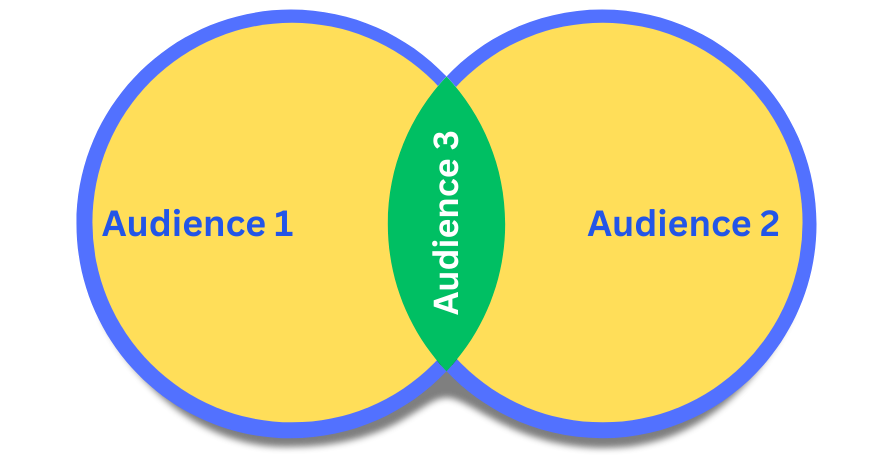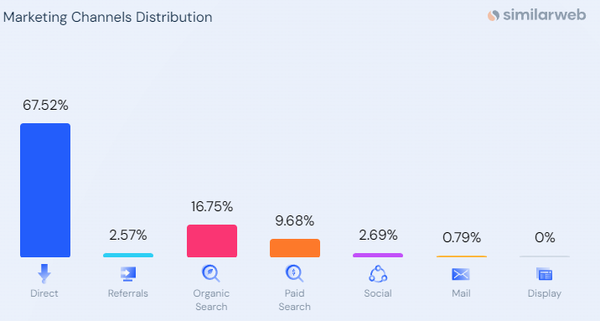How to Identify Your Ideal Customers

Not everyone in the world is a potential cybersecurity customer. Targeting the right audience, you can maximize your marketing efforts and improve your conversion rates which can drastically improve the quality of leads generated.
Here’s my approach to it:
Definition
Define what you think is the ideal customers and write it down specifically - try to envision a real person, their habits, location, what they like to talk about, what are their core values, and the most important one - their online activity (for this one you can use a great tool called https://sparktoro.com/ and add in your niche specific keywords to find out who the top influencers are in your industry, who do they follow, where do they hang out online, etc. - they also have a free trial)
Market research
If you don’t have any data at all about past purchases and past conversations/campaigns and tracking that you can analyze to work your way back and identify what triggered the sale, you should start with market research.
Start with a quest to understand customer pain points first.
Check out industry reports and market analysis reports that are free online - check out Gartner or IDC.
Then look at your competitors (hopefully you know who they are) and analyze their strengths and weaknesses (best way I found to look at this is through reading 3rd party reviews).
Online discussion forums or even Reddit (with a grain of salt) is a good place to dip your toes into the water.
Based on the findings, you can either enhance or create a buyer persona for your product and you’ll know what are the new trends, technologies and customer preferences that you can address in your marketing content.
Segmentation
Your ideal customers might have 5-10 or 20 different buyer profiles, depending on the problem your software solves for them.
With our marketing efforts, we should address each profile differently, be specific:
Name, job title, company, company size, industry, location, responsibilities, challenges, goals, preferences, buying criteria, communication preferences.
As an example, talking to someone that’s in a more senior role might be a lot different than talking to a junior where the conversation might become less technical.



